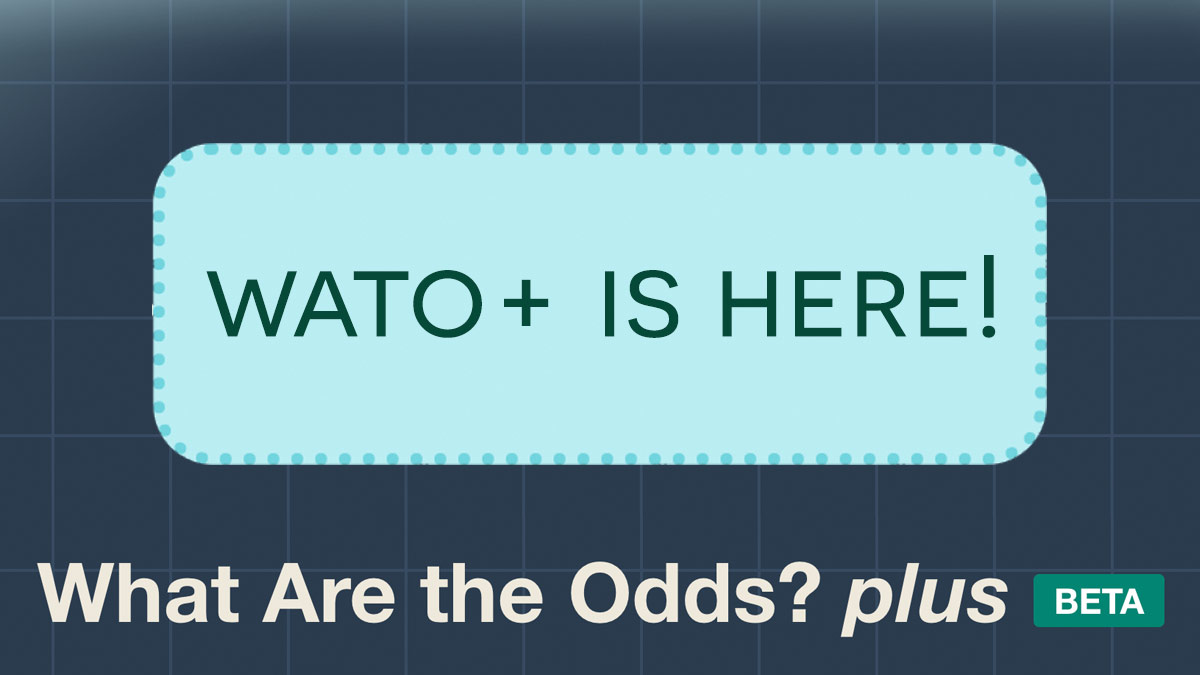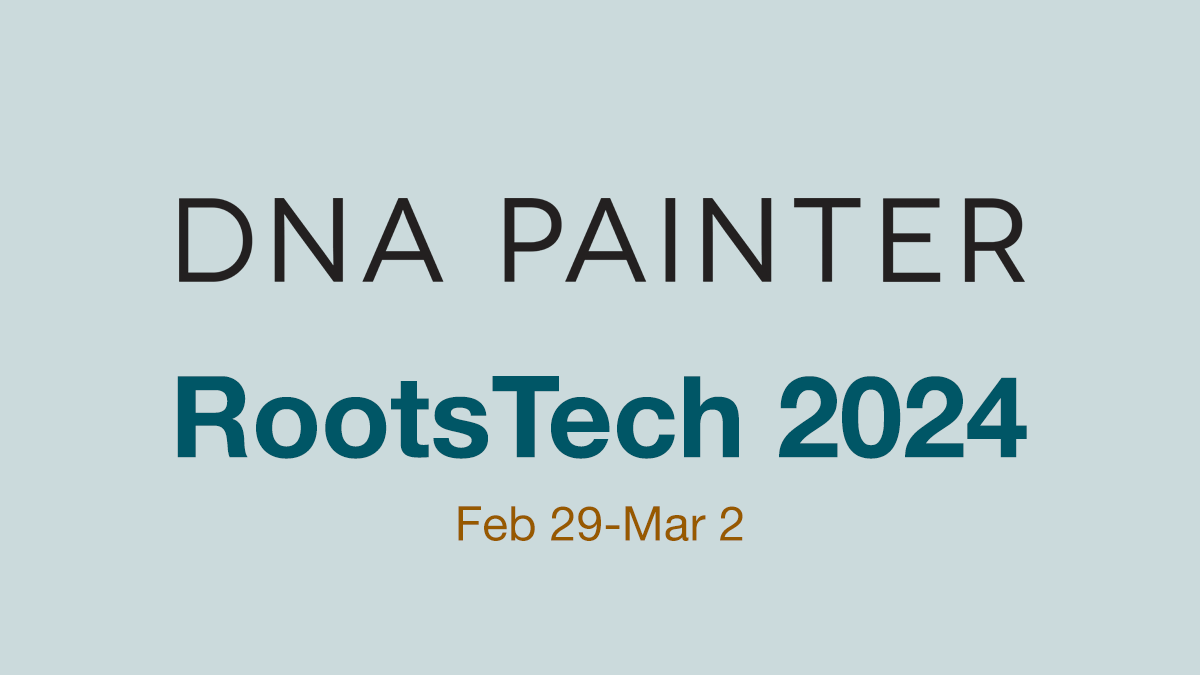There’s a new feature within DNA Painter that lets you add Y and mtDNA information to your chromosome map. This post explains how to do it.


There’s a new feature within DNA Painter that lets you add Y and mtDNA information to your chromosome map. This post explains how to do it.

New books in the genetic genealogy field do not come along that often. As well as autosomal, I’ve taken both Y- and mitochondrial (mt) DNA tests, but I feel less confident when working with them. This book (full title The Complete Guide to FamilyTreeDNA: Y-DNA, Mitochondrial, Autosomal and X-DNA) is therefore very welcome.

In case you didn’t hear, you can now see how much DNA your matches share with each other within Ancestry Pro Tools. I’ve been very patient, and this feature finally arrived for me late on the evening of June 24th, 2024.

An overview of the steps involved in migrating a tree from the What are the Odds tool to WATO plus. You can now do this in one click.

What are the odds plus (WATO+), a new and overhauled version of the popular WATO tool, was released last week. In this article I’ll focus on what’s new in WATO+…

I recently launched WATO+, the new version of What are the Odds? Suggest Hypotheses is a popular feature in the tool. The goal of this function is to try out every possible position in the tree for the unknown parent. However, this can be a mixed blessing as sometimes there are an overwhelming number of

Exciting times: the new version of What are the Odds? (WATO) will be released within the next month. This includes a raft of updates that I hope will make the tool more useful and easier to understand.

As I mentioned last month, DNA Painter will once again be exhibiting at RootsTech in Salt Lake City, Utah this year. In this post I’ll give a quick overview of what we’ll be doing at the conference.

I’m looking forward to speaking at OGS 2024 this year. Run by the Ontario Genealogical Society, this event takes place from June 14th-16th 2024 in Toronto at Delta Hotels by Marriott Toronto Airport. This year’s conference theme is “An Interactive Experience – Explore, Engage, Enjoy!”

In two short months, RootsTech 2024 will take place in Salt Lake City, Utah and online at rootstech.org. The conference has played a key role in DNA Painter’s history. In this post, I’ll provide a quick recap of how and why.